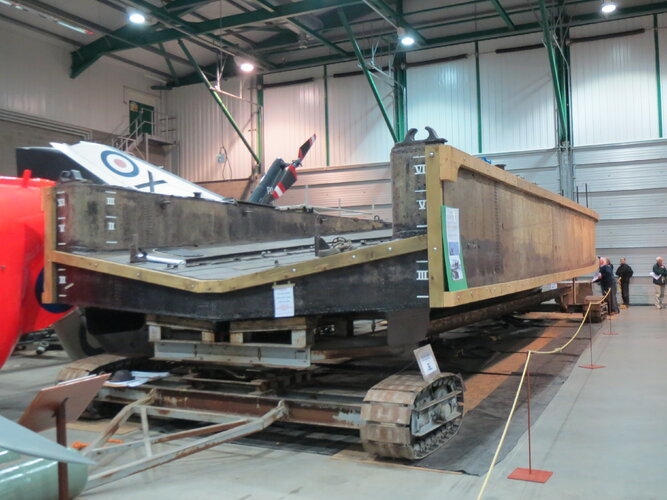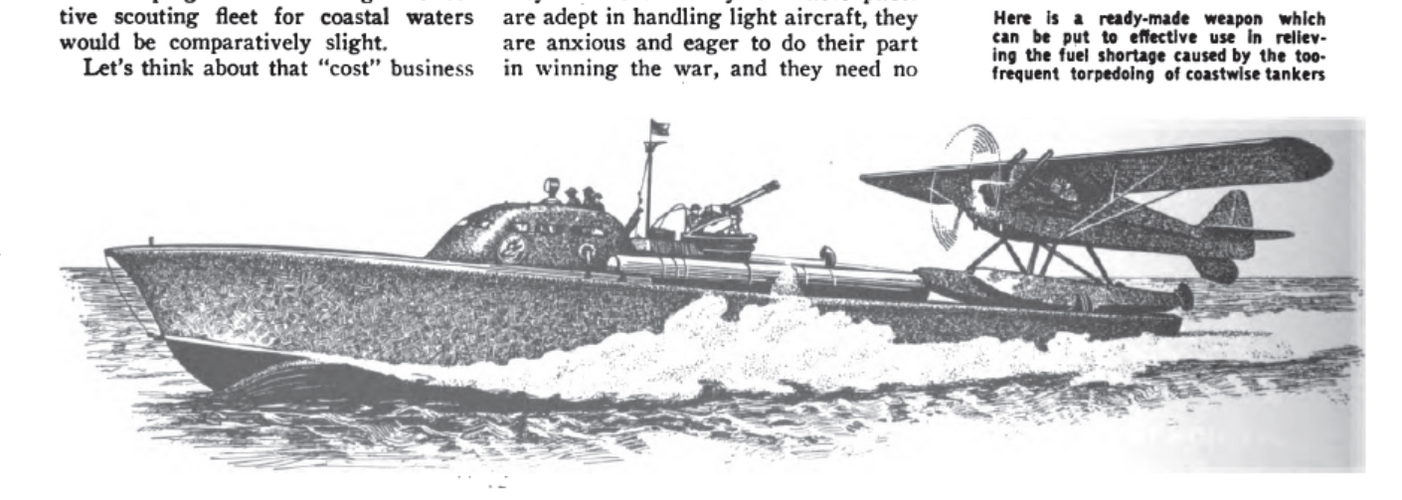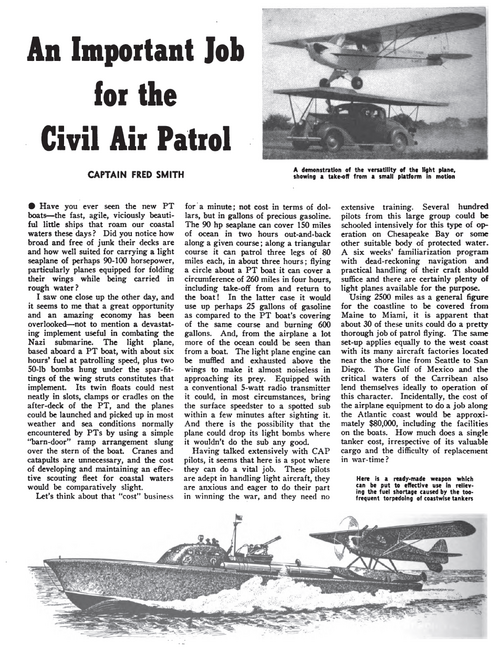You are using an out of date browser. It may not display this or other websites correctly.
You should upgrade or use an alternative browser.
You should upgrade or use an alternative browser.
Civil Air Patrol,Weird Idea of 1942 ?
- Thread starter hesham
- Start date
- Joined
- 11 March 2012
- Messages
- 3,016
- Reaction score
- 2,698
This is a variation on the system first employed by the (British) Royal Navy’s Fleet Air Arm during World War 1. Capital ships (cruisers and battleships) launched light floatplanes to scout for enemy ships. They landed back beside the ships, then water-taxied onto flexible mats towed alongside the ships. The mats stabilized airplanes while they attached crane hooks to hoist them back onboard.
Fast forward to WW2 and the US Civil Air Patrol was desperate for any airplane to discourage German U-boats marauding along the U.S. Eastern Seaboard. U-boats soon learned that any ship escorted by any aircraft could quickly radio for help from corvettes and frigates and destroyers that could make life miserable for U-boats. The US Navy even used slow blimps to discourage U-boats.
Now consider that the top speed of a Higgins PT boat was around 30 knots … equal to the landing speed of a Piper Cub. Point the PT boat into the wind and the Cub can touch down with near zero speed across the deck. I assume that they intended to refuel the Cub and send it back on patrol.
PT boats lacked the endurance to stay out more than a day or three. They were certainly a rough ride in heavy seas.
Fast forward to WW2 and the US Civil Air Patrol was desperate for any airplane to discourage German U-boats marauding along the U.S. Eastern Seaboard. U-boats soon learned that any ship escorted by any aircraft could quickly radio for help from corvettes and frigates and destroyers that could make life miserable for U-boats. The US Navy even used slow blimps to discourage U-boats.
Now consider that the top speed of a Higgins PT boat was around 30 knots … equal to the landing speed of a Piper Cub. Point the PT boat into the wind and the Cub can touch down with near zero speed across the deck. I assume that they intended to refuel the Cub and send it back on patrol.
PT boats lacked the endurance to stay out more than a day or three. They were certainly a rough ride in heavy seas.
Charlesferdinand
amateur theologian
- Joined
- 24 October 2013
- Messages
- 147
- Reaction score
- 208
I'm surprised that nobody in the E-VTOL business has caught on the idea of launching/recovering from a platform on a car. Having your electric plane launch from a Tesla Truck (or BYD if you're Chinese), now how cool would that be? Perhaps not practical, but it will catch the attention of investors and generate views on social media. Or you'd have your high speed train lauching and recovering individual E-VTOLs along the way, solving your problem of range and the need to stop in stations at all.
southwestforests
ACCESS: Secret
- Joined
- 28 June 2012
- Messages
- 435
- Reaction score
- 561
There is quite a slipstream around the body of a high speed train; and, railroad rights of way tend to save construction and maintenance money by being only minimally wider & taller than the train body itself requires. True, clearances could be widened at the EVTOL launch and recovery points.Or you'd have your high speed train lauching and recovering individual E-VTOLs along the way,
However ...
If hypothetical HST is electric and uses overhead catenary ... ain't nobody ever gonna be landin' any EVTOL on it.
Oh, true ...
Could switch to third rail at those launch and recovery points.
But ...
Why go and willfully introduce multiple layers of design, construction, maintenance costs & additional multiple failure points both mechanically and, especially, operationally?
From Aero Digest 1942,
I think it was just idea ?.
Not a bad idea. The Royal Navy used Seaplane Lighters during the First World War. One survives and is on display at the Fleet Air Arm Museum at Yeovilton.
Using the high speed of the PT Boat and a much faster light attack aircraft makes good sense where you don't have airfields and carriers nearby.
Seaplane Lighter H21 | National Historic Ships

Similar threads
-
Strange Idea for Glider Aircraft,1940s
- Started by hesham
- Replies: 2
-
Edward S. Evans Future Aircraft Concepts in 1942
- Started by hesham
- Replies: 0
-
-
Al Baxter Multiple-Wing Air Freighter Airplane Project of 1943
- Started by hesham
- Replies: 2
-
A proposed version of Corsair by Brewster
- Started by airman
- Replies: 7


